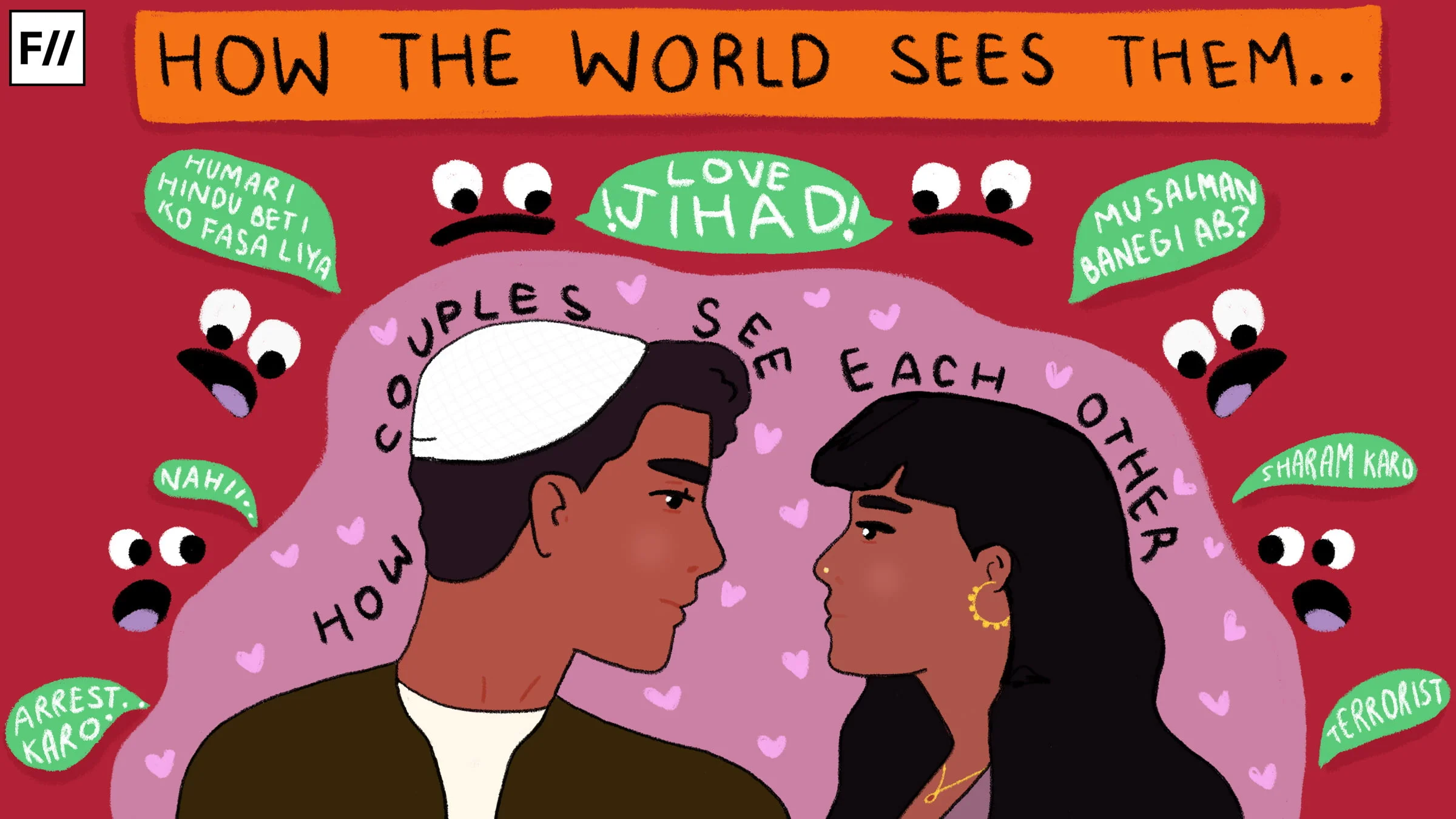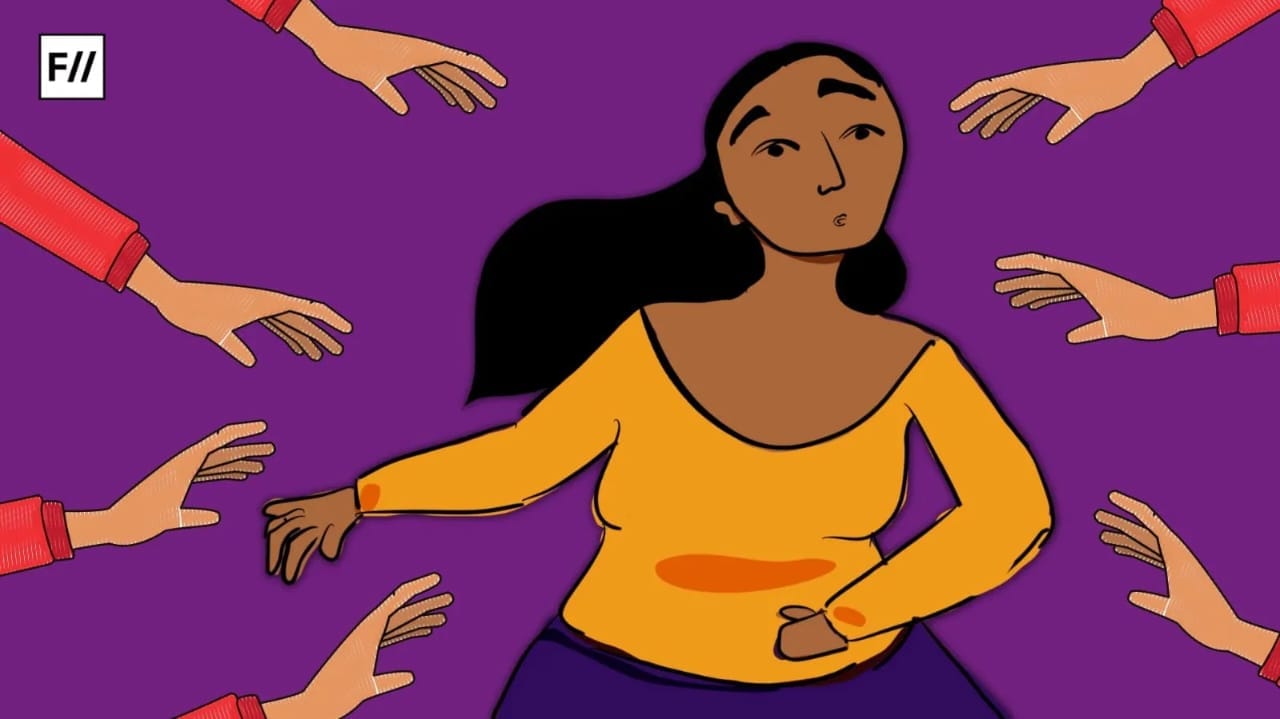In the afternoon of 29th August, the road leading to Maharashtra Sadan in New Delhi was crowded with police, activists, and protesters angered at Modi Government’s blatant display of disrespect for the legal due process. One by one, human rights activists, professors, intellectuals, and lawyers have been arrested under the draconian UAPA (Unlawful Activities Prevention) Act. Many of these intellectuals had been arrested and taunted by the state machinery many times in the past. “What makes this time different though?”, you may ask. This time, it’s not just one activist, or two, or three who’s being targeted – it’s everyone and anyone who dares to show dissent or disagreement with the Government that’s being intentionally monitored and threatened.
On my auto ride to the venue where me and my equally “anti-national” friends had decided to meet up I thought about the irony of how some of the Savarna people I know (both online and offline) would go on lengths about describing Civil Rights issues in the U.S. when the same thing is happening right under their noses; or rather in their faces. Bhima Koregaon activists being arrested isn’t an isolated incident and neither was the murder of Gauri Lankesh or the attempted murder of Umar Khalid. Incidents like these – where left leaning activists are murdered for their ideology have been happening since Congress’ rule. The only difference? Congress were subtle unlike the brazen BJP gang who don’t even feel the need to have an unbiased, secular faux identity anymore.
Also read: Why The State Is Responsible For The Violence In Bhima Koregaon
We were late to the protest. I could hear people shouting “Halla bol, halla bol” (Raise your voice, raise your voice) slogans. Many were carrying signs that said #MeTooUrbanNaxal, a hashtag that started trending on Twitter after the arrests and after the Savarna media’s subsequent labelling of the victims as “Urban Naxals”, a term which basically translates as ‘Dalit, Bahujan, Adivasi, and/or any religious minority member who has left leaning or strong support for self assertion’ which means they are inherently anti-Brahmanic and against the repression of marginalised voices.
We're here at the protest against the unlawful arrests of activists and lawyers @ KG Marg #MeTooUrbanNaxal pic.twitter.com/neDIYwPGW4
— Feminism in India (@FeminismInIndia) August 29, 2018
The protest programme consisted of activists speaking up about how these arrests are a classic example of “Hindutva flame” that’s being spread everywhere in the country. But what does this mean? Hindutva flame has been there since even before independence. The idea of two nation theory was conceptualised by the Savarkar who considered only true Hindus (and only those who fall in the varnas) as worthy of calling this subcontinent their home. It has never died since then, it has only been shushed during particular periods.
"this is putting on the flame of Hindutva everywhere" #MetooUrbanNaxal pic.twitter.com/azUhvkenIu
— Feminism in India (@FeminismInIndia) August 29, 2018
Indian history has always consisted of narratives passed on by the dominant groups; effectively erasing the history of the subaltern. Laws like AFSPA and UAPA are just a culmination and continuation of that narrative and all these liberals who have just woken up have been complicit and still are. The protest continued on with songs of assertion and messages from student leaders and IFTU leaders. There were talks about peasant movements being suppressed, talks about Modi’s fascism, talks about a lot of things but what touched my heart most in this intimate protest was to see activists I’ve admired both old and young coming from all circles in solidarity with those arrested.
https://twitter.com/RuthChawngthu/status/1034774477735948289
On my way back from the protest, I take off the poster I’ve designed and printed from my bag and walk with my friends towards Connaught Place to eat for I knew that it would be an invitation for violence or ostracisation once I stepped out of that space. “Why is that?” you may ask. Because people in Bharat Mata are more comfortable with seeing their angry Gods in saffron on cars than to see or hear anyone from the subaltern even speak or creating their own narrative. It has always been this way and will remain this way overtly or covertly.
Also Read: 5 Times UAPA Was Used Against Dalit, Bahujan & Adivasi Assertion | #RepealUAPA
Featured Image Credit: Ruth Chawngthu for Feminism In India
About the author(s)
Ruth is angsty and tired. She is also the co-founder of Nazariya LGBT and a former Digital Editor at FII




